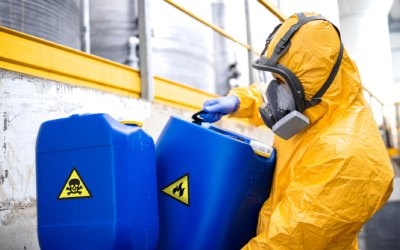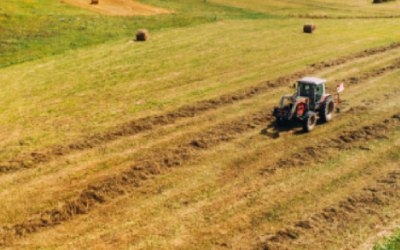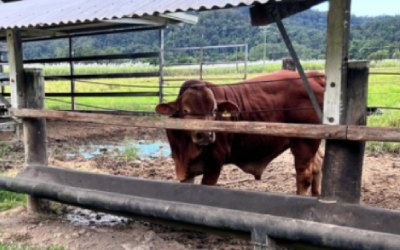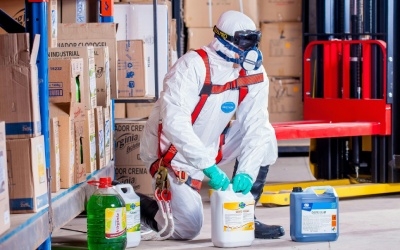Discover essential guidelines for safe handling, storage, and disposal of hazardous healthcare waste. Learn about PPE, treatment methods, and compliance to protect your staff and the environment.
NT WorkSafe recently issued a safety alert for electrical workers and residents to exercise caution when accessing meter boxes fitted with older style meters found in homes built before 2014. The alert was issued after Power and Water Service personnel have reported finding a number of heat damaged service fuse holders in meter boxes in territory homes.
Safe Work Australia recently issued a call for feedback on six proposals aimed at improving the high-risk work licensing framework for cranes. The proposals are based on a discussion paper which outlines potential changes
SafeWork NSW recently urged the 81,000 agricultural workers in the state to undertake work the safe way or ‘no way’ approach to work following a significant increase in reported agriculture industry safety incidents. In 2013, there were 149 reported agriculture industry safety incidents in NSW, however, this number more than doubled to 358 incidents in 2022 – an increase of more than 140 per cent.
WorkSafe Victoria recently called on cattle farming businesses to prioritise human safety elements in their operations following a number of recent incidents and fatalities in the agriculture sector.
For organisations looking to shift from lagging safety indicators to leading indicators, they must first address their preparedness, priorities and safety culture maturity level, according to recent research. Specifically, leading indicators must be adopted with a systems-thinking approach where they are developed and used in a work context involving people and technology, rather than merely focusing on human behaviour or identifying leading indicators for machinery or plant.
Although most businesses strive to do the right thing by their employees and reduce psychosocial risks, the complexity of this task means most organisations are still struggling to comprehensively address workplace mental health challenges, according to the Black Dog Institute.
Imagine walking into a battlefield, not armed with weapons, but with compassion and knowledge. For healthcare workers, this is their daily reality. They stand on the frontline, facing an invisible enemy that can strike at any moment. Every patient is a potential battle, and every interaction carries the risk of exposure to harmful pathogens.
Working with hazardous chemicals? Learn how to prevent accidents and create a safe work environment. Risk assessment, safe work practices, and proper PPE are all essential.
WorkSafe Victoria recently announced that employers and those responsible for prescribed equipment used outside of workplaces must notify the regulators of certain incidents involving a broader range of machinery. Importantly, high-risk machinery in common use such as tractors, quad bikes, forklifts, excavators and mining and quarrying equipment are now included.






















































